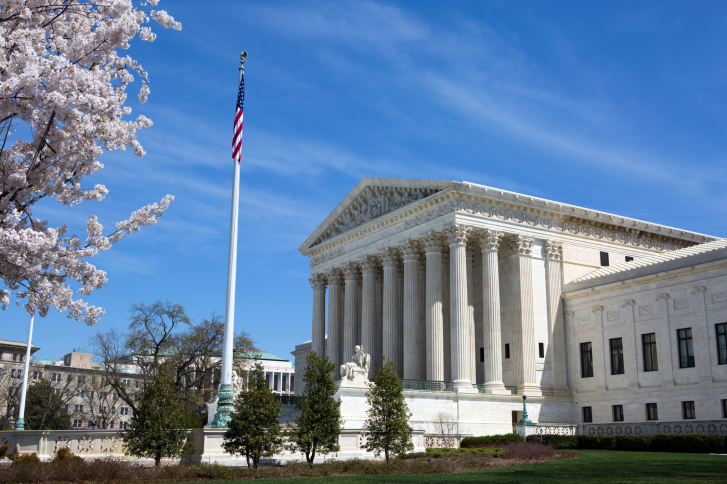The presumption of innocence, a pillar of American jurisprudence since the country’s founding, will suffer a severe setback if a proposed EPA wetlands regulation is allowed to stand as written.
Saying they intend to stem the further loss of the nation’s wetlands, EPA and the U.S. Army Corps of Engineers proposed on August 10 a “clarification” of the types of activities deemed harmful to swamps, marshes, bogs, and other areas located between dry land and bodies of water.
According to EPA, a “legal loophole” in the Clean Water Act (CWA) has allowed the destruction of 20,000 acres of wetlands throughout the country. Specifically, EPA is targeting what it says are “environmentally destructive earth-moving activities” such as mechanized land-clearing, ditching, channelization, and in-stream mining associated with the draining of wetlands.
The legal loophole EPA hopes to close came about as a result of two landmark court decisions that restricted EPA’s authority to regulate wetlands under the CWA. In 1993, EPA and the Corps of Engineers issued a regulation (commonly known as the “Tulloch” rule) requiring people to seek federal permits for carrying out various dredging activities.
A 1997 decision by the U.S. District Court for the District of Columbia, however, found EPA and the Corps lacked authority under the CWA to regulate such activities if conducted so as to result in only “incidental fallback.” Incidental fallback is said to occur when excavated material falls back into virtually the spot of removal. In June 1998, the U.S. Court of Appeals upheld the lower court’s decision, forcing EPA and the Corps to go back to the drawing board to salvage what they could from the Tulloch rule.
What they have come up with is a term better suited to a George Orwell novel than to the Federal Register. The fruit of their labor is something called a “rebuttable presumption.” Under the rule, EPA and the Corps will simply “presume” that mechanized excavation activity taking place in wetlands “will produce more than just incidental fallback and result in a discharge of dredged material subject to environmental review under Section 404 of the CWA.”
As explained by EPA, the “presumption of discharge can be rebutted on a case-by-case [basis] showing that the activity was designed and conducted so as to result only in incidental fallback.”
Landowners, developers, farmers, ranchers, and everyone else involved in dredging have been put on notice that their presumption of innocence has been replaced by the “rebuttable presumption.” It is they who will have to prove, to the satisfaction of EPA and the Corps, that their activities will not harm wetlands.
The proposed rule not only ignores the courts’ decisions on the limitation of EPA’s and the Corps’ authority, but its “rebuttable presumption” also requires that people prove a negative.
The public will have 60 days—until Monday, October 16, 2000—to comment on the proposed rule. In the unlikely event EPA substantially changes the content of its rule, lawsuits from the regulated community will inevitably follow.
Bonner R. Cohen is a senior fellow at the Lexington Institute in Arlington, Virginia.
For more information
or to comment on the proposed rule, visit EPA’s Web site at http://www.epa.gov/owow/wetlands/dredgedmat/dredmat.html. You can also call the agency’s Wetlands Hotline at 1-800-832-7828, or send e-mail to [email protected].




